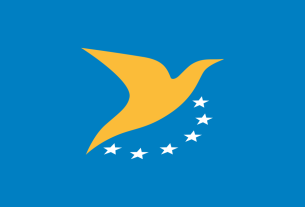From November 12–14 2025, the European Union Aviation Safety Agency (EASA) hosted the Conference on Advancing Health Management in Aviation, bringing together global medical and operational experts to present the latest findings from EASA’s comprehensive studies[1] on diabetes mellitus and cardiovascular disease and their implications for the medical fitness of aviation personnel.
The conference welcomed 140 participants and speakers from over 40 countries, representing aviation medical specialists, industry stakeholders, regulatory bodies, and international organisations, including to representatives from International Civil Aviation Organization (ICAO), the civil aviation authorities of China (CAA China) and the East African Community (CASSOA), who shared valuable insights into their approaches to aeromedical assessment in the context of diabetes and cardiovascular disease.
Across all sessions, participants strongly endorsed the principle that aviation medical fitness requirements must remain evidence-based, aligned with medical science, and flexible enough to incorporate emerging technologies. The discussions emphasised that prevention and early detection—supported by modern diagnostic tools—are essential to reducing the risk of in-flight medical incapacitation. Delegates also highlighted the need for strengthened trust and transparent communication between applicants and aeromedical examiners, particularly in the interpretation of CGM data and reporting of symptoms. Furthermore, the conference underlined the importance of harmonised, modern training programmes for AMEs, medical assessors, operators, and service providers, ensuring a consistent, risk-based approach across the aviation sector.
Participants agreed that medical regulations must evolve alongside advances in diagnostics, monitoring, and treatment, allowing aviation personnel to benefit from modern healthcare innovations while maintaining the highest safety standards. This includes adapting regulatory frameworks to accommodate operation-specific risks, recognising that requirements may differ between ATCOs, commercial pilots, general aviation, and single-pilot operations.
EASA expresses its appreciation to the project teams for their rigorous work and to all attendees for their active contributions. Special thanks are also extended to representatives from ICAO, the civil aviation authorities of China (CAA China) and the East African Community (CASSOA), who shared valuable insights into their approaches to aeromedical assessment in the context of diabetes and cardiovascular disease.
[1] The research studies were implemented by EASA and funded by the European Union Horizon Europe Research and Innovation Programme


